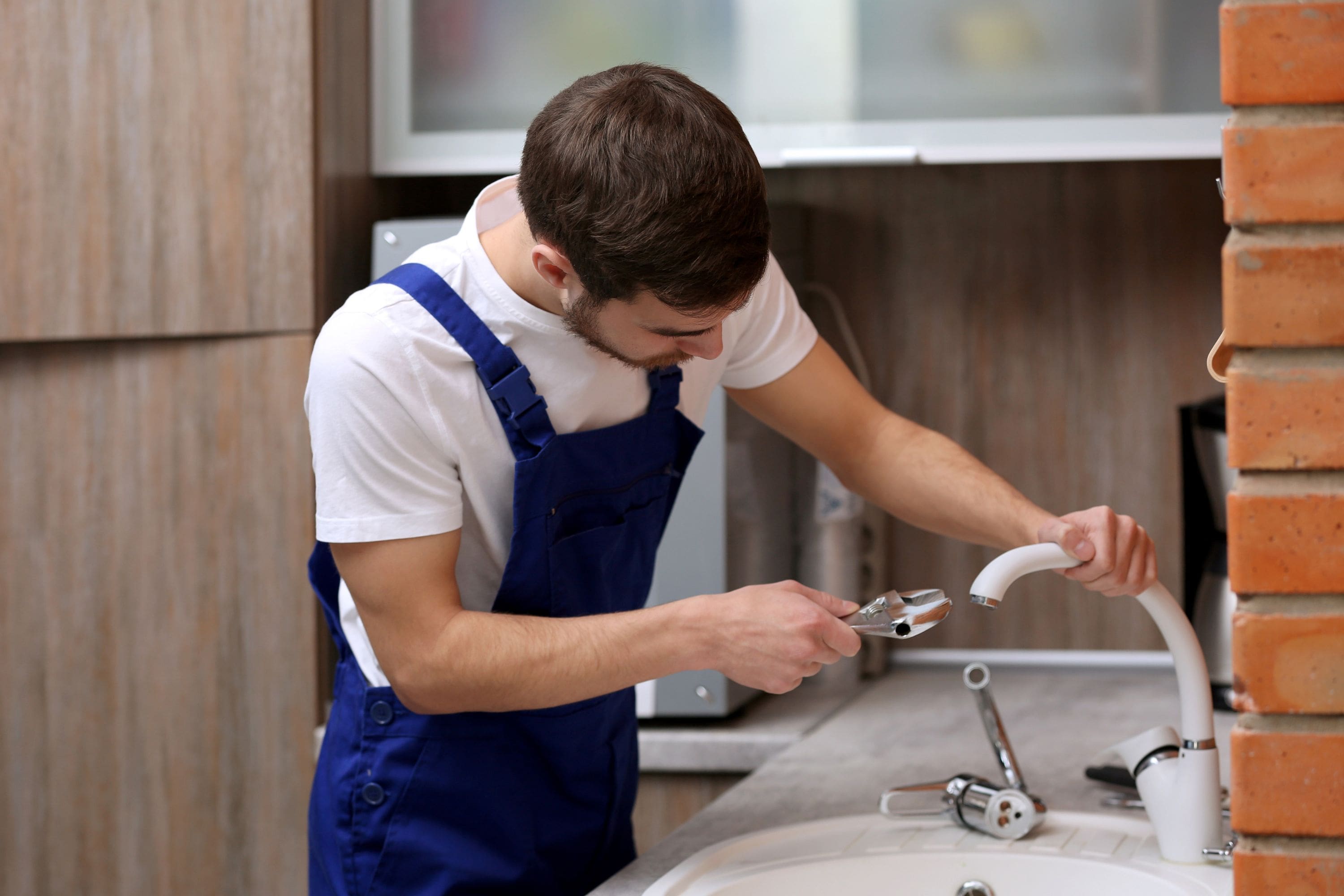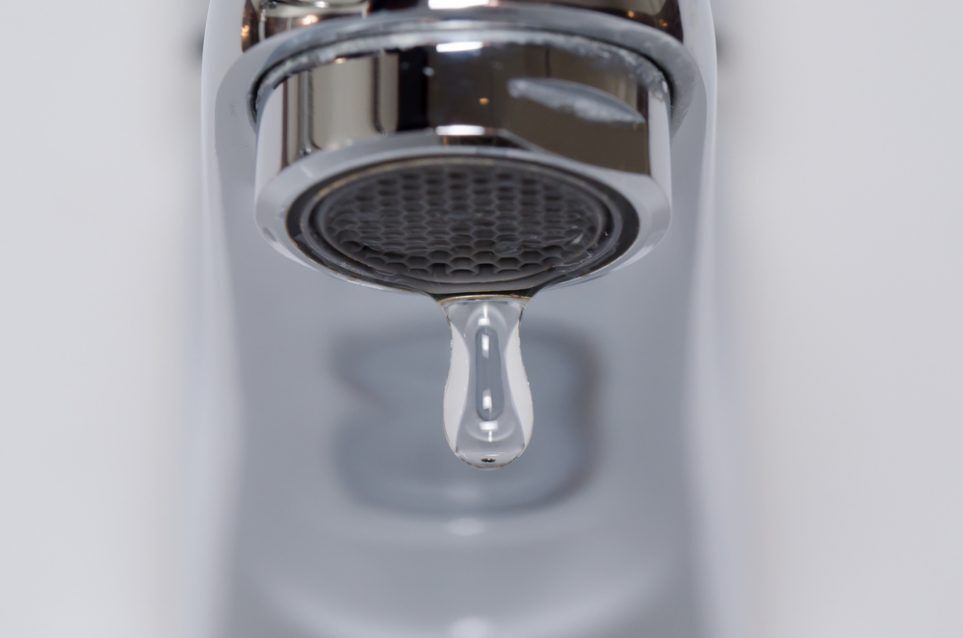Our Factors Behind Repairing a Malfunctioning Faucet
Our Factors Behind Repairing a Malfunctioning Faucet
Blog Article
This post further down involving Why Is It Important To Fix Your Leaking Tap/Faucet? is without a doubt engaging. Check it out for yourself and see what you think of it.

Leaking faucets could feel like a minor aggravation, yet their influence exceeds just the nuisance of the audio. From drainage to incurring unneeded financial expenses and health risks, disregarding a trickling tap can bring about different consequences. In this post, we'll look into why it's vital to address this typical home issue promptly and successfully.
Waste of Water
Environmental Influence
Leaking faucets add dramatically to water waste. According to the Environmental Protection Agency (EPA), a solitary faucet trickling at one drip per secondly can throw away greater than 3,000 gallons of water annually. This not just pressures water sources but additionally influences environments and wildlife dependent on them.
Financial Prices
Boosted Water Expenses
Beyond the environmental influence, trickling faucets can blow up water bills considerably. The accumulated waste over time equates right into greater utility costs, which can have been avoided with prompt repairs.
Prospective Residential Or Commercial Property Damages
Furthermore, extended trickling can lead to damage to fixtures and surface areas surrounding the faucet. Water accumulation can create staining, corrosion, and even architectural concerns if left ignored, leading to added fixing costs.
Health Concerns
Mold And Mildew and Mildew Development
The consistent presence of dampness from a trickling faucet develops a perfect atmosphere for mold and mildew and mold development. These fungis not only compromise interior air quality yet likewise position health risks, particularly for people with respiratory conditions or allergies.
Waterborne Illness
Stationary water in dripping taps can come to be a breeding place for microorganisms and other pathogens, boosting the danger of waterborne conditions. Impurities such as Legionella bacteria thrive in stationary water, possibly causing serious diseases when ingested or inhaled.
DIY vs. Expert Repair
Advantages and disadvantages of Do It Yourself Repair Work
While some might try to fix a dripping faucet themselves, DIY repairs feature their very own collection of obstacles. Without appropriate expertise and devices, do it yourself attempts can aggravate the concern or result in incomplete repair services, prolonging the issue.
Advantages of Hiring an Expert Plumber
Employing a specialist plumber ensures that the underlying reason for the leaking faucet is addressed efficiently. Plumbing professionals have the proficiency and equipment to diagnose and repair faucet concerns successfully, conserving time and decreasing the danger of more damages.
Step-by-Step Overview to Repairing a Dripping Faucet
Devices Called for
Before attempting to deal with a trickling faucet, collect the needed tools, consisting of an adjustable wrench, screwdrivers, substitute parts (such as washing machines or cartridges), and plumber's tape.
Typical Tap Issues and Their Solutions
Determine the type of tap and the certain problem creating the drip. Typical problems consist of worn-out washing machines, corroded valve seats, or damaged O-rings. Refer to supplier instructions or on the internet tutorials for detailed guidance on repair services.
Safety nets
Normal Upkeep Tips
To avoid dripping taps, perform regular maintenance such as cleaning up aerators, examining for leakages, and replacing damaged components quickly. In addition, take into consideration installing water-saving gadgets or updating to more effective fixtures.
Importance of Prompt Repairs
Addressing trickling taps as soon as they're discovered protects against additional water wastage and prospective damage, ultimately conserving both water and money over time.
Effect On Property Worth
Assumption of Well-Maintained Home
Maintaining a residential property in good condition, including addressing maintenance concerns like dripping taps, enhances its viewed worth and desirability among possible buyers or occupants.
Influence on Resale Worth
Characteristics with well-kept plumbing components, consisting of faucets, command higher resale worths in the property market. Attending to leaking faucets can add to a favorable impact throughout residential or commercial property evaluations and settlements.
Environmental Obligation
Private Contribution to Conservation
Taking responsibility for fixing trickling taps lines up with more comprehensive initiatives toward water conservation and ecological sustainability. Every person's actions jointly make a substantial effect on preserving priceless resources.
Lasting Living Practices
By focusing on punctual repair work and embracing water-saving routines, individuals contribute to sustainable living methods that benefit both present and future generations.
Conclusion
Addressing a trickling tap goes beyond simple convenience; it's an essential action toward saving water, reducing economic costs, and guarding wellness and residential property. Whether through do it yourself repair services or expert assistance, doing something about it to fix leaking faucets is a little yet impactful method to promote accountable stewardship of resources and contribute to a healthier, more sustainable future.
How to Fix a Dripping or Leaky Faucet
A leaking faucet is one of the most common problems that homeowners encounter, but it being commonplace doesn’t make it any less annoying. The constant drip drip drip of a leaking bathtub faucet, showerhead, or sink tap can disturb your home’s serenity. Left neglected, a dripping faucet can also result in higher water bills and discoloration or mold growth in your sink or plumbing fixtures.
Fortunately, you don’t have to be a trained plumber to know how to stop a dripping faucet. With some basic tools, replacement parts, and a little patience, leaky faucet repair is a breeze. In this article, we’ll explain what causes dripping faucets and how you can fix them.
What Causes a Leaking Faucet?
Kitchen and bathroom faucets come in all manner of designs, but most involve some combination of valves, O-rings, seals, and washers. The O-ring is usually the weakest link, but any one of these pieces can wear down over time. Heat, moisture, temperature fluctuations, minerals, mold, and movement can contribute to warping and corrosion, breaking the watertight seal. This just comes with the territory of being a homeowner. Everything is always subject to wear and tear, and some component parts of your appliances and fixtures need to be replaced on occasion. At least replacement O-rings are cheap!
More rarely, dripping faucets can be a symptom of excessively high water pressure. Were this the case in your home, you would probably notice that the leak is not isolated to one faucet. Water pressure issues are harder to resolve on your own. We recommend contacting a professional plumber if you suspect your water pressure is too high.
How to Fix a Dripping Faucet
Pipe wrench or monkey wrench Allen wrench set Screwdrivers Old towel or rag Shut off the water.
Before you do anything, you need to turn off the water to keep from drenching your kitchen or bathroom. You should find a valve under the sink and against the wall. Once you’ve turned this valve, try turning the faucet on to confirm that the water source has been cut off.
If you can’t locate your local valve for the faucet you’re working on, you can always shut off the water to the house at the main valve. Of course, this will prohibit anyone from using the sinks, showers, or toilets while you’re working on the faucet that’s giving you trouble.
Plug or block the drain.
You’ll be disassembling the faucet and removing some small bits of hardware. Plug the drain with a stopper or rag to avoid the possibility of a small screw falling into your P-trap.
Take apart the faucet assembly.
There are several varieties of kitchen and bathroom faucets, each with its own manner of assembly. For detailed instructions on how to disassemble your faucet, you can refer to the fixture’s manual or contact the manufacturer. If you know whether you have a ball, disc, cartridge, or compression faucet, you can find detailed schematics online.
In general, you need to begin by removing the faucet handles. You might notice a small screw that you’ll need to remove with a screwdriver or Allen wrench. If you don’t see any visible securing hardware, it’s likely hidden under a decorative cap that can be unscrewed or popped off with flathead screwdriver.
Remove each piece methodically, consulting a schematic when necessary. Take notes or arrange the pieces in such a way to make it easier to correctly reassemble the faucet later.
Remove the cartridge.
Once you’ve removed the handles and securing hardware, you should be able to remove the valve cartridge or stem. Some cartridges will slide right out. Other faucet models will require you to loosen a nut with a pipe wrench before you can remove the valve stem.
Examine the exposed hardware.
With the cartridge or stem removed, inspect the component parts. Check the rubber O-rings for wear and tear. Also examine the seat washer for corrosion or other damage. These pieces are usually the responsible parties for a dripping faucet, but it’s worth inspecting the other component parts while you have the faucet disassembled.
Find replacement parts.
Once you’ve identified which faucet component has failed, find an identical replacement. Your local hardware store should have O-rings, seat washers, and other standard components in stock. If you have a luxury or uncommon faucet, you may have to contact the manufacturer for a replacement part.
It’s a good idea to take your old parts with you to the hardware store so you can compare them with the store’s inventory and be sure you’re purchasing the correct replacement.
Reassemble the faucet.
With your new parts in hand, reconstruct the faucet and handles. Don’t be tempted to overtighten screws or nuts. You might think this could create a better seal, but it can instead damage or bend a delicate part of the assembly and create a new problem for you.
Turn on the water and test the faucet.
The only thing left to do is test your work. Unplug the sink, turn the water back on, and try the faucet. Congratulate yourself on a job well done!
https://www.libertyhomeguard.com/how-to-fix-a-dripping-or-leaky-faucet/

Do you appreciate reading up on Leaky Faucets: Why They Happen & What to Do About Them? Place feedback down below. We'd be happy to find out your views about this blog entry. We are looking forward that you visit us again in the near future. Enjoyed reading our post? Please quickly share it. Let someone else find it. I enjoy reading our article about Leaky Faucets: Why They Happen & What to Do About Them.
Report this page